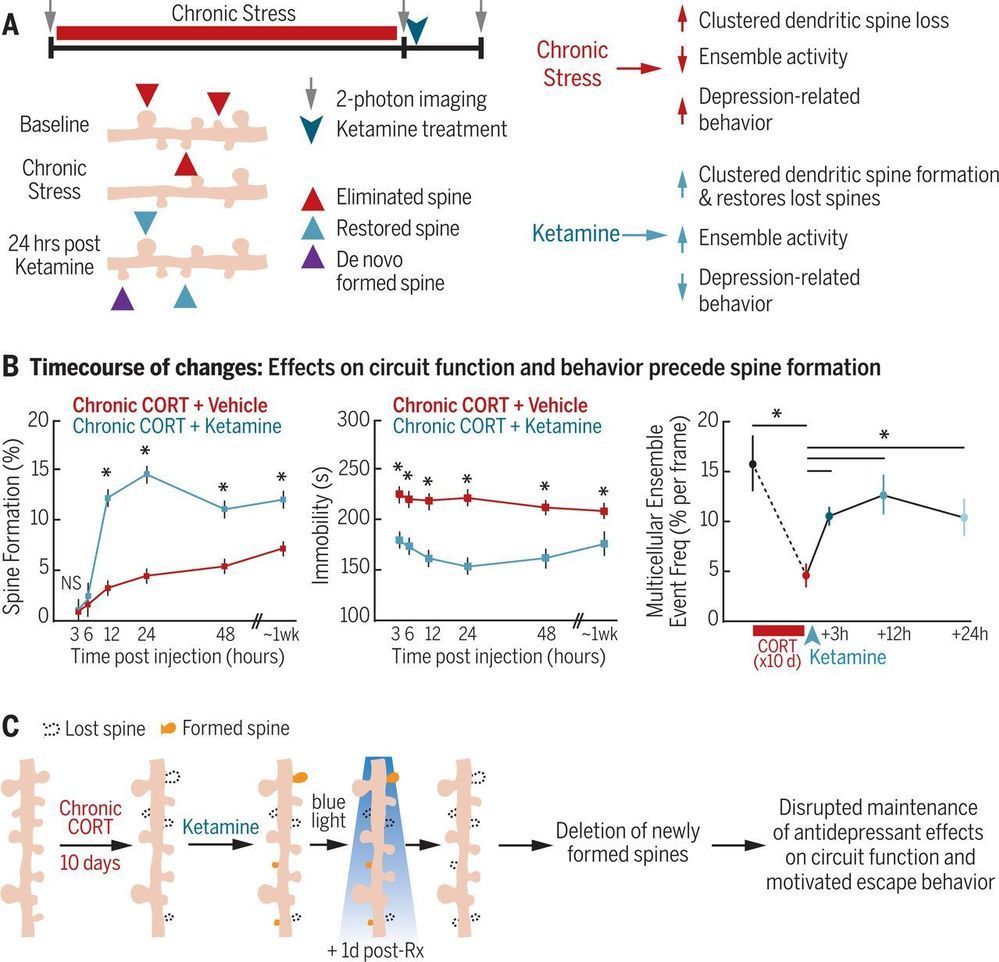Suspended Animation




Allison Duettmann challenges Aubrey De Grey with the top objections against longevity to be debunked and debated before opening up the floor to the public.
Aubrey de Grey, Ph.D.
SENS chief science officer and co-founder.
Dr. de Grey is the biomedical gerontologist who researched the idea for and founded SENS Research Foundation. He received his BA in Computer Science and Ph.D. in Biology from the University of Cambridge in 1985 and 2000, respectively. Dr. de Grey is Editor-in-Chief of Rejuvenation Research, is a Fellow of both the Gerontological Society of America and the American Aging Association, and sits on the editorial and scientific advisory boards of numerous journals and organizations.
To prep, why not watch Aubrey’s TED Talk on ending aging that received over 3 mio views to date.
Allison Duettmann
Check out the science of biohacking, where biologists go into a patient’s genetic code and reprogram their immune system to recognize and fight cancer cells.
-
The human body is made up of about 30 trillion cells that carry a code which has been duplicated over and over for billions of years — with varying degrees of accuracy. So what happens when the system breaks down and the machinery turns on itself, leading to cancer? Greg Foot dives into the science of how biologists are biohacking the human body to try to fix the seemingly unfixable.
Lesson by Greg Foot, directed by Pierangelo Pirak.
Produced for ted-ed by NIHR university college london hospitals biomedical research centre.
Sign up for our newsletter: http://bit.ly/TEDEdNewsletter

After years of development in the desert north of Los Angeles, a gigantic, six-engined mega jet with the wingspan of an American football field flew Saturday morning for the first time.
“We finally did it,” said Stratolaunch Systems CEO Jean Floyd at a news conference from the hangar at Mojave Air & Space Port. “It was an emotional moment to watch this bird take flight.”
Stratolaunch, the company founded in 2011 by the late Microsoft co-founder Paul Allen, conducted the first test flight of the world’s largest plane.

Indeed, Schindler stressed that Google would generate personalized Maps recommendations in “privacy-sensitive, opt-in ways.”
The company is betting that adding more data about places and businesses to Maps will lead people to spend more time on the service. As users expect more from Maps, Google has extra space to introduce more ads.
“We want to be able to highlight things that are around you and surface them nearby to you in a way that’s not disrupting your experience,’’ said Rajas Moonka, director of product management for Google Maps. Because so much of what users are looking for in Google Maps is commercial in nature, ads can be a helpful addition to the experience, he said.
To read a man’s mind, first you have to outline his skull.
Last November, I watched a psychologist use a digital pen to draw the circumference of a man’s head. The coordinates of his brain were quickly mapped, pinpointing the precise areas within his skull that process emotions. Behind him, a massive magnetic mind-reader—a neuroimaging device called a magnetoencephalography, or MEG—emerged from the wall, funneling into an oversized white helmet. It took two scientists to slowly maneuver the apparatus into position around his head.
As the man lay still, staring blankly up at a screen, researchers crossed wires over his body and taped sensors to his temples. Yoav (a pseudonym, as he asked to remain anonymous), a 28-year-old political science student at Bar Ilan University in Israel, was paid 110 shekels (around $30) for his time, and didn’t know he was about to become part of an experiment attempting to change his mind about the Israeli-Palestinian conflict.

A better understanding of the mechanisms underlying the action of antidepressants is urgently needed. Moda-Sava et al. explored a possible mode of action for the drug ketamine, which has recently been shown to help patients recover from depression (see the Perspective by Beyeler). Ketamine rescued behavior in mice that was associated with depression-like phenotypes by selectively reversing stress-induced spine loss and restoring coordinated multicellular ensemble activity in prefrontal microcircuits. The initial induction of ketamine’s antidepressant effect on mouse behavior occurred independently of effects on spine formation. Instead, synaptogenesis in the prefrontal region played a critical role in nourishing these effects over time. Interventions aimed at enhancing the survival of restored synapses may thus be useful for sustaining the behavioral effects of fast-acting antidepressants.
Science, this issue p. eaat8078; see also p. 129.

In a paper to be published in the forthcoming issue in NANO, a team of researchers from the School of Chemistry and Chemical Engineering at Hunan University of Science and Technology have proposed a novel strategy for the synthesis of non-precious metal catalysts in zinc-air batteries that do not compromise its electroactivity, affordability and stability.
As a green and sustainable energy generator, zinc-air battery has attracted great attention from researchers due to its high specific energy, high current density, low cost, and environmental friendliness. Yet it is not without its drawbacks. The slow oxygen reduction reaction (ORR) of its cathode has become an obstacle to its commercial application. One possible solution is to use platinum (Pt) and Pt-based catalysts, but its high cost and scarce availability make it less ideal. In addition, alkaline KOH (or NaOH) is generally used as the electrolyte, but it leads to the generation of carbonates (CO32-) due to the dissolution of CO2 in the electrolyte as well as the spontaneous corrosion of the anodic zinc in strong alkaline media. This has the effect of slowing down the ionic conductivity of the electrolyte and battery life. Therefore, a neutral electrolyte should be used instead.